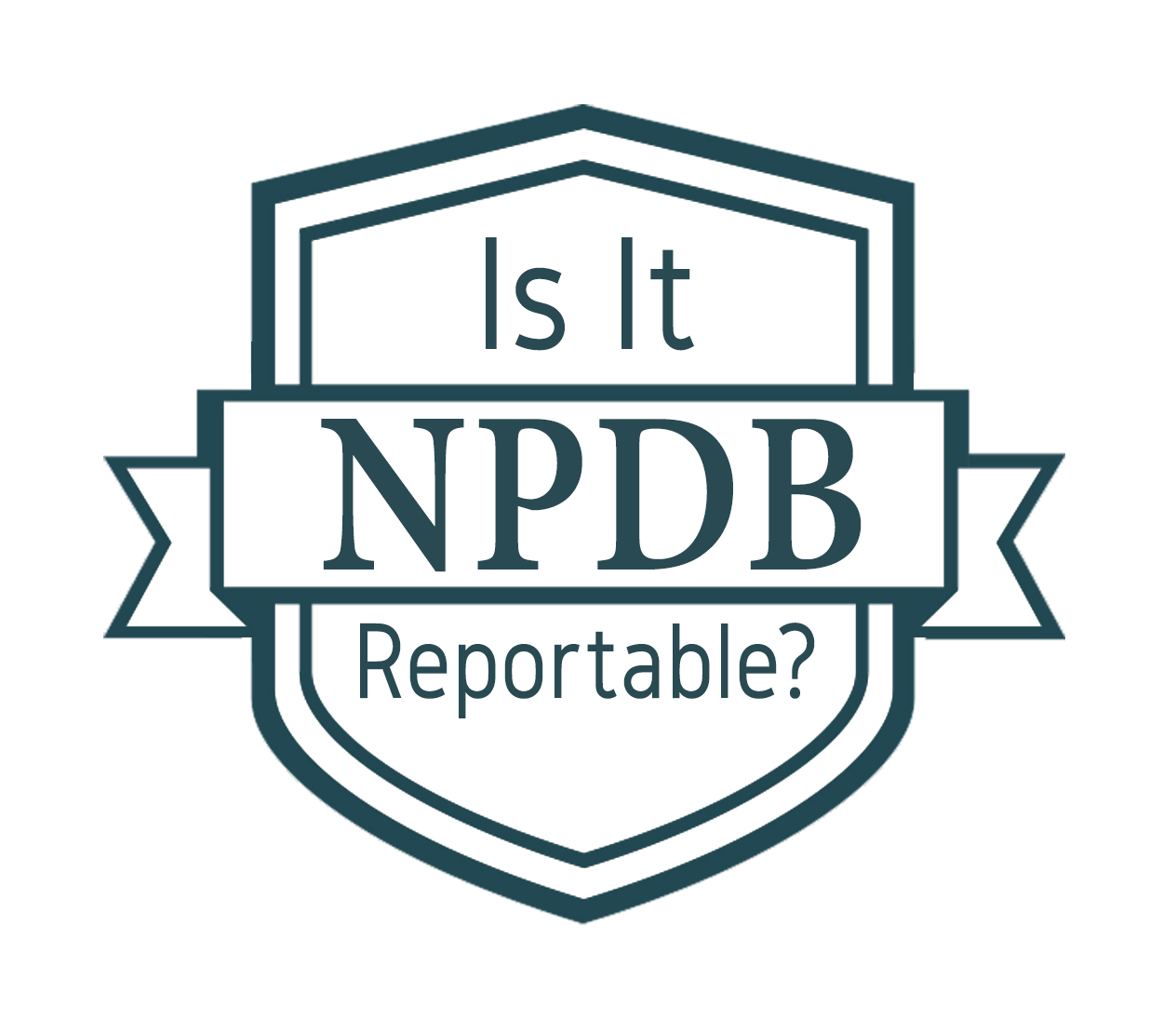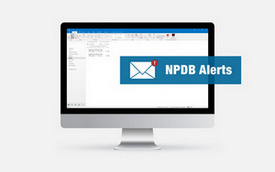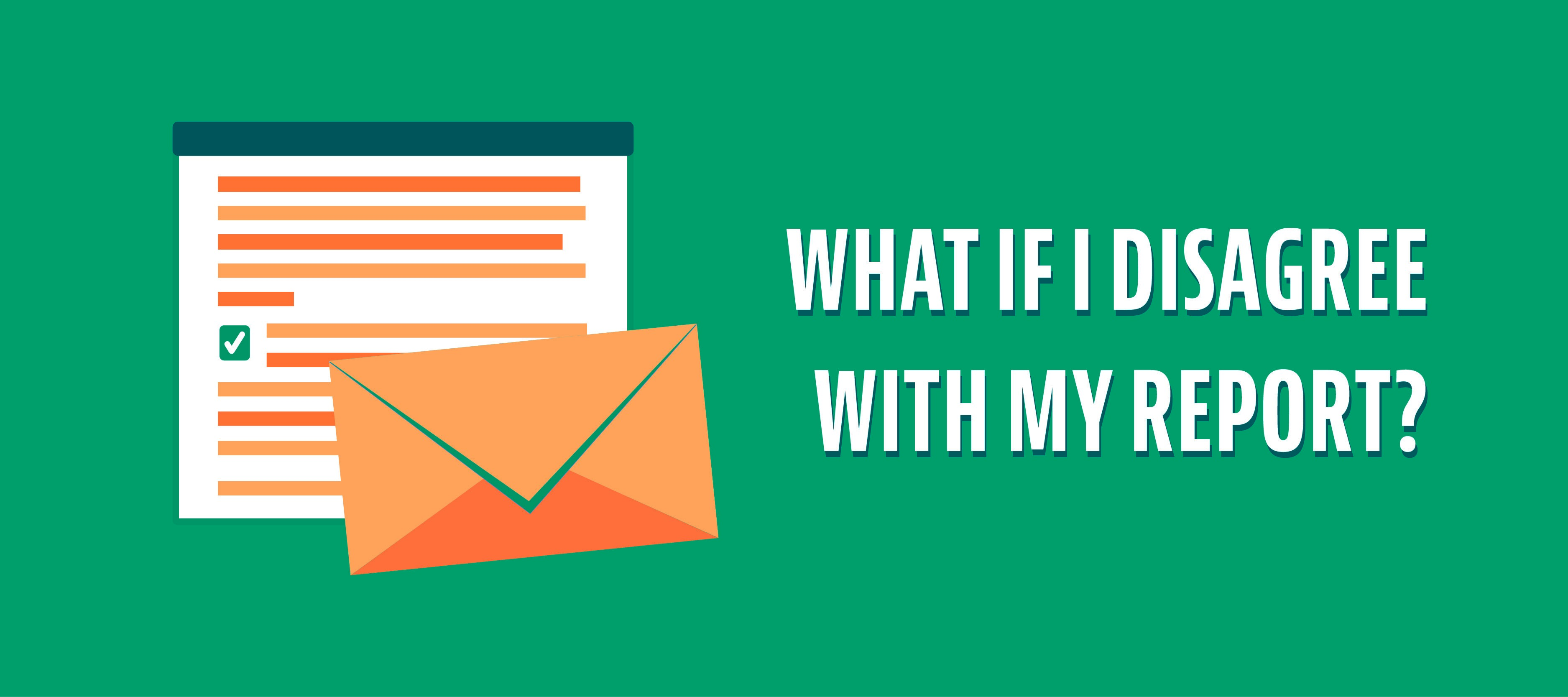NPDB Insights - November 2019
Sign Up for Notifications About Research Data Tools
Do you regularly access our Public Use File or information from our Data Analysis Tool? If so, we have recently added a notification option. You can now opt into email notifications on the Public Use Data File page. Each time we update the data, we will send you an alert.

Is It Reportable?
A hospital's chief of surgery summarily suspended a physician's privileges for outbursts of anger and throwing charts and instruments in an operating room. Should this action be reported?
The action must be reported if the summary suspension is in effect for longer than 30 days and the hospital considers the summary suspension to be a professional review action. Summary suspensions imposed for an indefinite length that have not lasted more than 30 days but are expected to last more than 30 days, and that are otherwise reportable, may be reported to the NPDB. If the summary suspension ultimately does not last more than 30 days, the report must be voided.
Summary suspensions are considered to be final when they become professional review actions through a decision of the authorized hospital committee or body, according to bylaws or other official documents (e.g., rules and procedures, standard operating procedures). In this scenario, the chief of surgery could reasonably conclude that the physician's outbursts affect the orderly conduct of business in the hospital, which could pose an imminent threat to patient safety.
How State Boards Can Use Report Forwarding and Continuous Query

As a state licensing and certification board staffer, you need to know when a practitioner you license or certify is reported to the NPDB. Understanding the difference between report forwarding and continuous query can assist you in receiving the information your board needs about its practitioners.
Report Forwarding
Reporting organizations are required by law to share certain reports with your board. Report forwarding is the fastest way to learn when an organization reports a practitioner your board certifies or licenses. If your state licensing board has opted in to report forwarding, the NPDB system will notify you when the reporting organization has submitted a report.
You will need to view the report within 7 days and confirm that the subject is or was licensed by your board. If you do not view the report within 7 days (or if your board has not opted in to report forwarding), then the reporting organization must send you a hard copy of the report.
It is the responsibility of the reporting organization to provide the report to the state licensing board.
Sign in now to opt in to report forwarding!
Continuous Query
Continuous Query keeps you informed about your enrolled practitioners. Even if a reporting organization forwards you a report on a practitioner you license or certify, that same practitioner could have other reports about which you are unaware. Additionally, the reporting organization may have reported a practitioner for an action that they are not required to share with you.
When you enroll a practitioner in continuous query, we disclose previously reported actions and email you within 24 hours of receiving a new report.
Follow the directions on the How to Enroll and Receive Continuous Query Notifications page to start using continuous query.
New Resource! The Dispute Process Infographic
Whether you're a practitioner or part of a health care organization, you can refer to our new infographic to better understand the options subjects of reports have if they disagree with a report.
As a practitioner, when you sign into your report, you can add a statement and provide additional information you would like included with the report. If you wish to dispute the report, you have 60 days to resolve the dispute with the reporting organization before you can request dispute resolution. What is dispute resolution?
Dispute resolution is a request for the Secretary of the U.S. Department of Health and Human Services to review the report. The Secretary authorizes the Division of Practitioner Data Bank to conduct this review. The Division is responsible for oversight of the NPDB, including resolution of disputes that are filed by report subjects.
Federal regulations strictly limit our jurisdiction for reviewing disputed reports. We can only review the following:
- If the report was submitted in accordance with reporting requirements.
- If the reporting organization was eligible to report the information.
- If the report accurately depicts the action taken by the reporting organization and basis for action in the organization’s written record.
We are unable to review any other matters related to the report, including the underlying reasons for the report, the merits of a medical malpractice claim, whether due process or bylaws were followed, clinical issues underlying the report, etc.
Once we receive relevant supporting documentation from the practitioner and the reporting organization, we review it to determine whether the report accurately reflects the record. The subject of the report will be sent a detailed letter with the decision regarding the dispute. The report will be updated to reflect that it was disputed, and what the decision was.
For more information, check out the full infographic!
The latest updates and resources are available at https://www.npdb.hrsa.gov.
Previous editions of NPDB Insights are available in our archive.
 An official website of the United States government.
An official website of the United States government.


